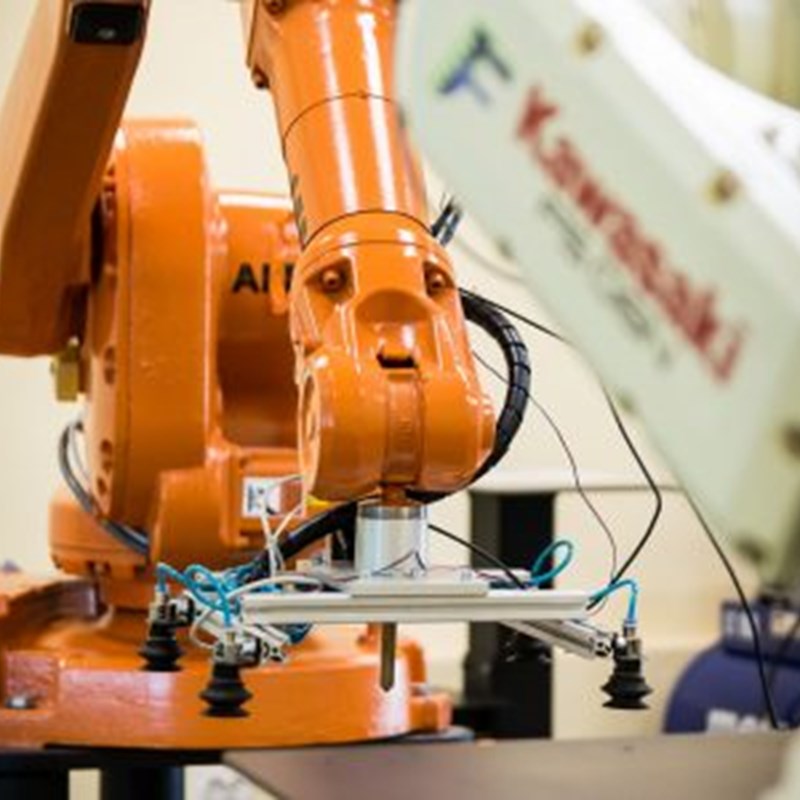
As Arkessa’s Global IoT Manufacturing Series continues, this week we concentrate on the role of Artificial Intelligence (AI) on the production line. We investigate the role robotics, vision and machine learning currently play in Industry 4.0 and the ways AI technologies are propelling us towards Industry 5.0 in terms of predictive maintenance, customisation, and batch size 1 manufacturing.
AI supporting humans
Despite some concerns about the possibility of AI in factories leading to higher levels of unemployment, manufacturers are embracing machine learning to support their staff and help reduce human errors. By incorporating AI in the manufacturing supply chain, companies can minimise the risk of problems affecting product development, logistics, and timelines. Using AI to drive mass manufacturing efficiency and to inform product roadmaps in a ‘design for manufacture’ can identify delays and alert all relevant departments, rather than relying on humans to remember to tick all the boxes.
Predictive maintenance
As well as reacting to data from IoT-connected sensors on production lines, AI-supported manufacturing can benefit from image-recognition software to analyse video or static images from production lines all over the world. Identifying issues before they become problems can lower repair costs, improve production line efficiency, and improve communication between engineers and machines to create a positive disruption to Maintain Repair Operate processes. Predictive maintenance powered by AI means that machine builders and manufacturers can schedule repairs and replacements to occur specifically to avoid or minimise downtime for production units.
Customisation – Batch Size 1 Production
Traditionally, factories have been designed to mass produce quickly and cheaply to fulfil global demand, with little room for customisation or flexibility in terms of product design once production has begun.
AI enables adaptation and flexibility on the production line itself, reacting to on-the-edge and cloud-based data analytics and identification of inefficiencies or problems on the factory floor.
AI will play an even bigger role on the production line with the dawn of Industry 5.0, with humans working alongside AI to give consumers greater choice in terms of mass-produced products.
Adaptive manufacturing
With the support of AI and machine learning, mass-production factories are no longer the only manufacturing option, particularly as we head towards Industry 5.0 and greater levels of customisation. Small-scale production sites leveraging real-time customer and industrial data are already using adaptive manufacturing techniques to produce unique products for a localised or specific consumer base. This trend looks set to continue as reliable and flexible IoT global connectivity enables manufacturers to localise their production lines more and more, keeping costs down and optimising consumer preferences. Flexible and secure mobile data connectivity is increasingly being used by machine builders to address the need of manufacturers to adapt, control, and deploy localised production lines quickly and remotely, with the support of AI, and to support commercial demands from Manufacturers for usage-based (OPEX) pricing as an alternative to outright purchase and maintain models (CAPEX + OPEX).
Coming soon on the Arkessa blog…
More on Industry 5.0 and customisation – how IoT is propelling it forward.